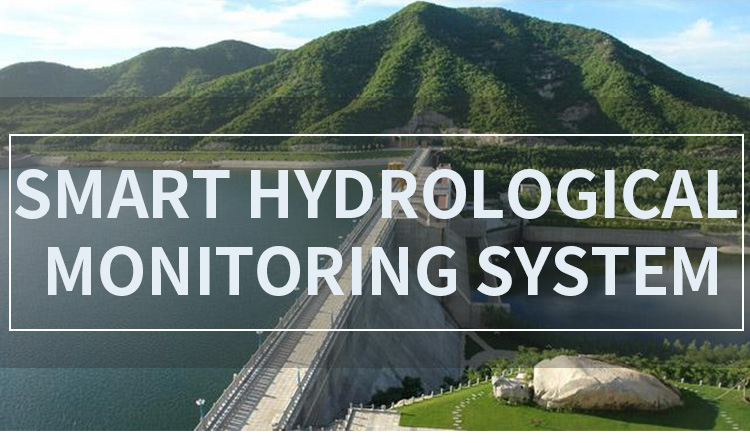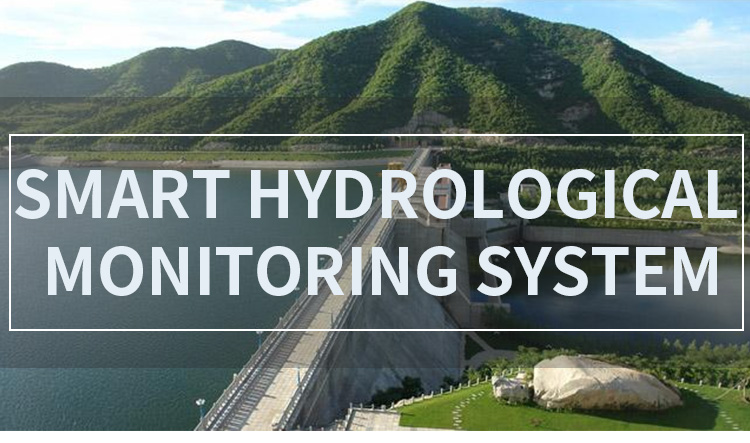Water is a fundamental resource for life, supporting ecosystems and sustaining human health and well-being. However, ensuring that water sources are safe and free from pollutants is crucial. Water quality monitoring plays a vital role in assessing the condition of water bodies, identifying potential risks, and implementing effective measures to protect water resources. In this article, we will explore the importance of water quality monitoring, its significance for ecological balance and public health, and the technologies used for monitoring and analysis.
Section 1: Understanding Water Quality Monitoring

Water quality monitoring refers to the process of systematically collecting and analyzing data on various physical, chemical, and biological parameters of water bodies. This includes measuring factors such as temperature, pH levels, dissolved oxygen, turbidity, nutrient concentrations, and the presence of contaminants or pollutants. Continuous monitoring allows scientists and environmental agencies to evaluate changes over time, identify pollution sources, and assess the overall health of aquatic ecosystems.
Section 2: Ensuring Ecological Balance
Maintaining the ecological balance of water bodies is essential for the survival of aquatic organisms and the overall health of ecosystems. Water quality monitoring provides crucial information about the condition of rivers, lakes, and oceans, allowing scientists to identify and address potential threats such as excessive nutrient inputs, sedimentation, and the presence of harmful substances. By monitoring water quality, it becomes possible to develop strategies for pollution prevention, habitat restoration, and the protection of endangered species.
Section 3: Protecting Public Health
Safe and clean drinking water is vital for public health. Water quality monitoring ensures that water supplies meet established safety standards and regulations. It helps to detect and prevent the presence of harmful bacteria, viruses, pesticides, heavy metals, and other contaminants that can pose significant health risks. Regular monitoring enables authorities to take appropriate measures, such as water treatment and source protection, to ensure that communities have access to safe and reliable drinking water.
Section 4: Assessing Environmental Impacts
Water quality monitoring is crucial for assessing the environmental impacts of human activities. Industrial discharges, agricultural runoff, and urban development can introduce pollutants into water bodies, affecting their quality and the organisms that depend on them. Monitoring allows for the identification of these impacts, enabling policymakers and regulators to enforce appropriate regulations, implement pollution control measures, and hold accountable those responsible for environmental degradation.
Section 5: Early Warning and Rapid Response

Water quality monitoring provides an early warning system for potential contamination events and allows for a rapid response to protect public health and ecosystems. Real-time monitoring technologies, such as remote sensing and chemical sensors, can detect sudden changes in water quality parameters. This enables authorities to quickly identify and address pollution incidents, such as chemical spills or algal blooms, minimizing their impact and protecting sensitive species and habitats.
Section 6: Technological Advances in Water Quality Monitoring
Advancements in technology have significantly enhanced water quality monitoring capabilities. Automated monitoring stations, satellite imagery, and advanced sensors provide more accurate and timely data collection. Additionally, data analysis techniques, including machine learning and data modeling, offer insights into complex patterns and trends. These technological advancements enable more efficient and effective monitoring, facilitating better decision-making for water resource management and pollution control.
Section 7: Collaborative Approach and Stakeholder Engagement
Water quality monitoring requires a collaborative approach involving various stakeholders, including government agencies, research institutions, non-profit organizations, and local communities. By engaging citizens in monitoring efforts, raising awareness, and providing education, the importance of water conservation and pollution prevention can be emphasized. Encouraging community involvement also promotes a sense of ownership and responsibility, leading to more sustainable water management practices.
Conclusion:
Water quality monitoring is fundamental for protecting ecosystems, ensuring public health, and promoting sustainable water resource management. By continuously monitoring and analyzing key parameters, we can identify pollution sources, prevent contamination events, and take proactive measures to address water quality issues. Technological advancements have revolutionized monitoring capabilities, enabling more accurate data collection







